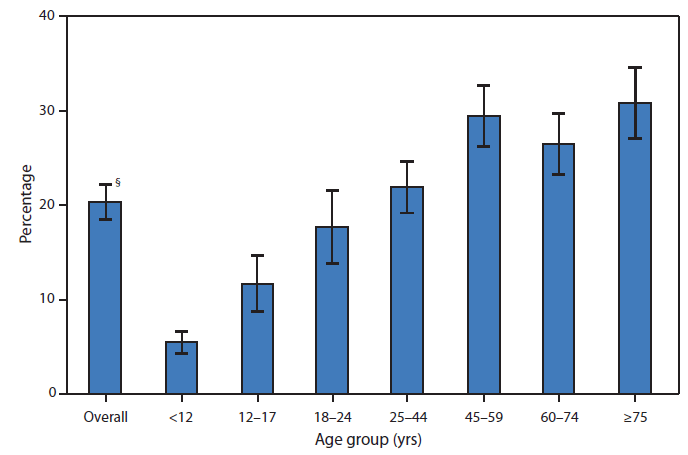The Centers for Disease Control and Prevention’s November 28, 2014, Morbidity and Mortality Weekly Report (MMWR), highlighted that in 2010, 20% of all visits to primary care physicians included at least one of the following mental health indicators: depression screening, counseling, a mental health diagnosis or reason for visit, psychotherapy, or provision of a psychotropic drug. The percentage of mental health–related visits to primary care physicians increased with age through age 59 years and then stabilized. Approximately 6% of visits were for children that were 11 years old or younger and approximately 31% of visits were for adults aged 75 years or older were associated with mental health care. The data was obtained from the 2010 National Ambulatory Medical Care Survey, which can be found at http://www.cdc.gov/nchs/ahcd.htm
* A mental health visit was defined by at least one of the following: ordering or provision of depression screening, psychotherapy, or other mental health counseling; a mental health diagnosis or reason for visit; or a psychotropic medication that was ordered, supplied, administered, or continued at the visit. Mental health diagnosis, reason for visit, and psychotropic medications were based on certain categories. Source: Olfson M, Kroenke K, Wang S, Blanco C. Trends in office-based mental health care provided by psychiatrists and primary care physicians. J Clin Psychiatry 2014;75:247–53.
† Includes physicians in primary care specialties: general and family practice, internal medicine, pediatrics, and obstetrics/gynecology.
§ 95% confidence interval
